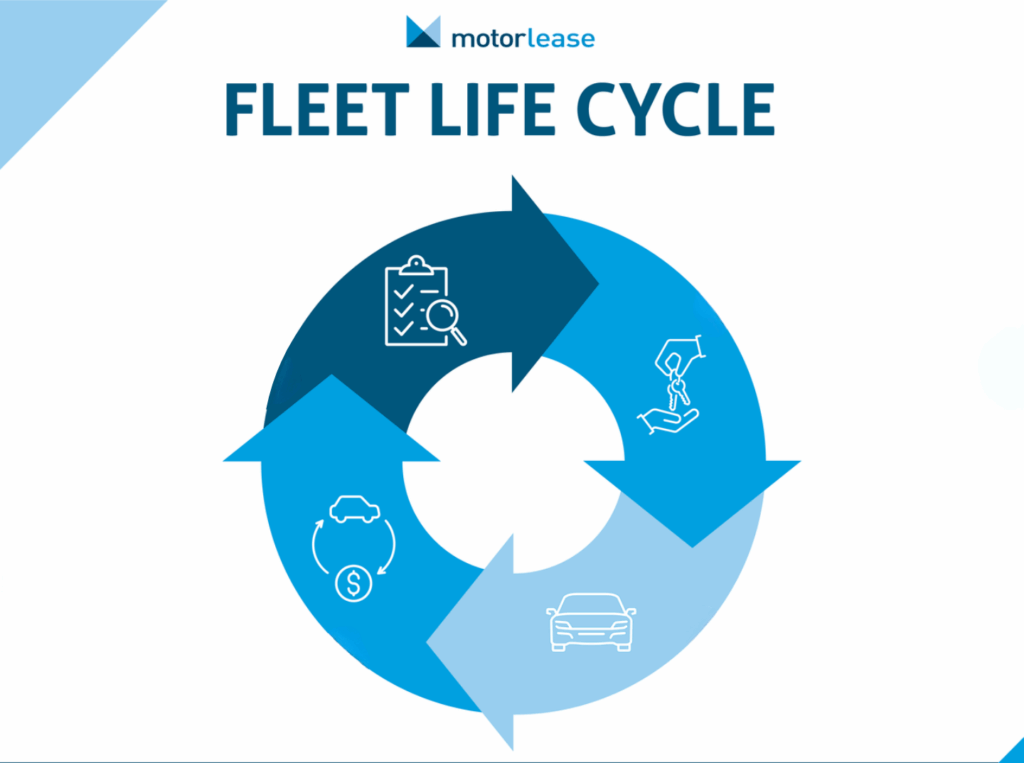In a previous article for Distracted Driving Awareness Month, we discussed the various categories of distracted driving and took a look at some of the facts associated with the growing epidemic. So what measures can be taken to ensure that we stay focused behind the wheel? Here are some suggestions from industry experts to help you get to your destination safely.
In This Article
Hang Up and Drive
If You’re Drowsy, Pull Off the Road
Let Your Passengers Do Some of the Work
Avoid Eating While Driving
Organize Before You Leave
Secure Children and Pets
Make Your Drive Time, Quiet Time
Hang Up and Drive
Texting and using the phone are primary distractions. Most states ban texting while driving, and many prohibit handheld phone use. Most modern vehicles have hands-free systems for phone calls, and some will read and reply to texts. (AARP)
As a side note, many people think that holding their phone while using the speaker function is acceptable. It’s not. Keep the phone out of your hand entirely.
If You’re Drowsy, Pull Off the Road
Drowsiness increases the risk of a crash by nearly four times. A government study showed that 37 percent of U.S. drivers have nodded off or actually fallen asleep at least once during their driving careers. If you feel tired, get off the road; don’t try to get home faster. (Geico)
Let Your Passengers Do Some of the Work
That’s what they’re there for! You’re the driver…your job is to drive the car and get everyone there without crashing. If you have other people in the car, let them do some of the other work. Their hands are free — so let them run the GPS, find just the right song on the radio, or send a text for you. It’ll give them something productive to do, on top of taking some distracting tasks off of your plate. (Farmers Insurance)
Avoid Eating While Driving
Being busy is no excuse for distracted driving. Finishing your breakfast on the way to work may seem like a time-saver, but it means you are less attentive to the drivers around you. Food spills are a major cause of distraction. (Geico)
Organize Before You Leave
Make adjustments before you get underway. Address vehicle systems like your GPS, seats, mirrors, climate controls and sound systems before hitting the road. Decide on your route and check traffic conditions ahead of time. (AAA)
Secure Children and Pets
Secure children and pets before getting underway. If they need your attention, pull off the road safely to care for them. Reaching into the backseat can cause you to lose control of the moving vehicle. (AAA)
Make Your Drive Time, Quiet Time
We all need our little Zen moments of the day. And while most of us don’t think of driving as relaxing, remember that it’s OK to turn off the radio, pause the iPod, or ask your passengers to shut it. It can be pretty nice to collect your thoughts and focus on the single task at hand. When things are quiet, it makes it easier to concentrate on merging or finding that next exit. (Farmers Insurance)
We all lead busy lives and our minds are often in 10 different places at once. However, that is no excuse for distracted driving. Safety must always be our number one priority. Following these tips will help increase the odds that you and your loved ones get from Point A to Point B in one piece.
Check out the aforementioned articled on what is considered distracted driving here!












